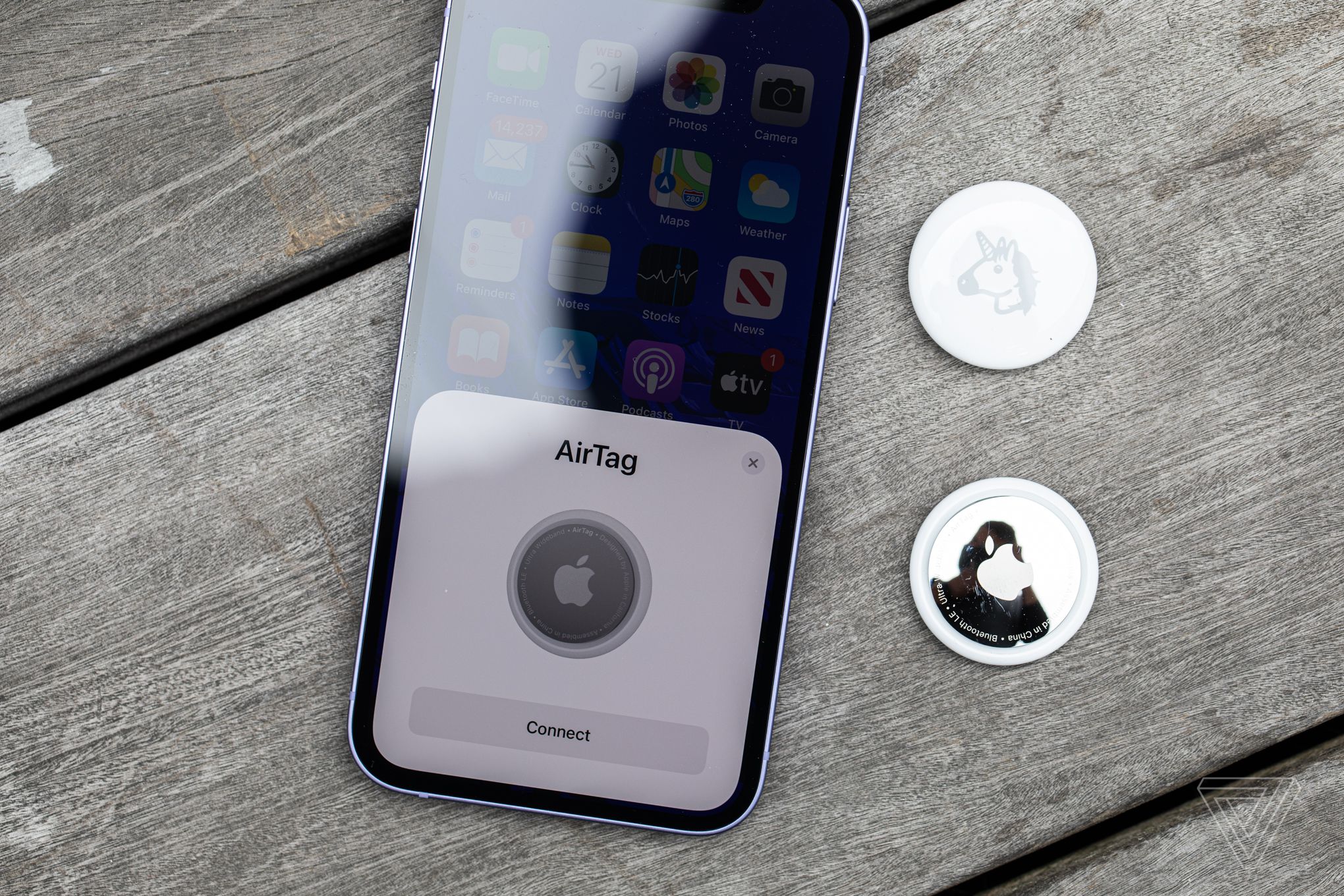

"I think people's tastes are being degraded by exposure to 128 kilobit per second MP3s," Ranada said. Changing from one compressed format into another-from iTunes' AAC into MP3, or from MP3 into Sony's ATRAC, for example-is almost always a bad idea, he said.Įven beyond the individual songs' difficulties, the prevalence of mediocre-quality MP3 songs on file-swapping networks and in personal music collections has had a damaging effect on music listening, Ranada added. The worst effects could almost always be minimized by keeping a song in the highest quality format available, Sound & Vision' Ranada said. "What's difficult for a particular codec depends on the codec itself," said Christopher "Monty" Montgomery, one of the lead engineers behind the Ogg Vorbis open-source audio technology project. Songs that are recorded at very high volumes can prove difficult, as can songs with powerful low-frequency bass tracks. Very pure sounds are sometimes hard to squeeze into a compressed state, in part because the same smear effect can undermine their purity. "Castanets are like turning on the sun at midnight," Johnston said.ĭifferent issues create different audio artifacts, or flaws. He compared the ear's reaction to what the eye does when exposed suddenly to a bright light in the dark.

That essentially confuses the ear, creating the perception of an unpleasant sound, said Microsoft audio architect Jim Johnston.

#INTO THE LIGHT SPLATOON MP3 FULL#
But some very sharp sounds-a wood block, or a castanet recording-often wind up with what's called a "pre-echo," or a hint of the sound before the full instrument actually begins. This effect is mostly indiscernible to all but the most trained ears.

The effect this has is similar to a blurry picture, smearing out the sound very slightly over time.
#INTO THE LIGHT SPLATOON MP3 WINDOWS#
A succession of technologies such as MP3 Advanced Audio Coding, or AAC and Windows Media Audio have gotten increasingly better at this during the past decade.īut these tricks run into problems with specific kinds of sounds.įor example, one common technique essentially divides a song into very small blocks of sound-a few dozen milliseconds, for example-and takes bits of information out of each block. Many of the tricks are based on using the ear's own physiology to fool it into hearing things that aren't really there, or figuring out which elements of a sound wave can be eliminated without substantially changing the sound. But most modern song-squeezers essentially aim to remove from an audio wave information that won't be missed by the human ear. Here are some "codec killers" cited by audio experts:Įach compression technique uses different ways of packaging the data. Much of a codec designers' job is figuring out how different technological tricks will interact with the ear and minimizing these ill effects. This idea of "codec killer" has been familiar to audio technologists since they started transforming audio into compressed formats. Just as the music industry had to assure consumers that the sound quality of CDs was as good as that of vinyl records, digital music companies must ultimately convince online music buyers that computer files provide a listening experience comparable to that of CDs.Įven just a few purchases of songs that wind up with defects, ranging from muddy sound to audible "artifacts"-sounds that aren't supposed to be in the recording-could turn off buyers, analysts say. "You can fool most of the people most of the time, but you can't hide (flaws) all the time," said David Ranada, technical editor of Sound & Vision Magazine.Īlthough rare, the "codec killer" phenomenon is a potentially serious one for digital music backers. But there are songs that prove consistently thorny for these technologists, throwing up audible defects whenever they are squeezed into Net-friendly sizes. Most of the tricks audio engineers use to compress music into these small packages are almost wholly inaudible to the average human ear. The problem creates a challenge for digital music companies, which must ultimately convince online music buyers that computer files provide a quality listening experience. The process of transforming recorded songs into relatively small computer files that can be downloaded over the Net sometimes creates audible defects.


 0 kommentar(er)
0 kommentar(er)
